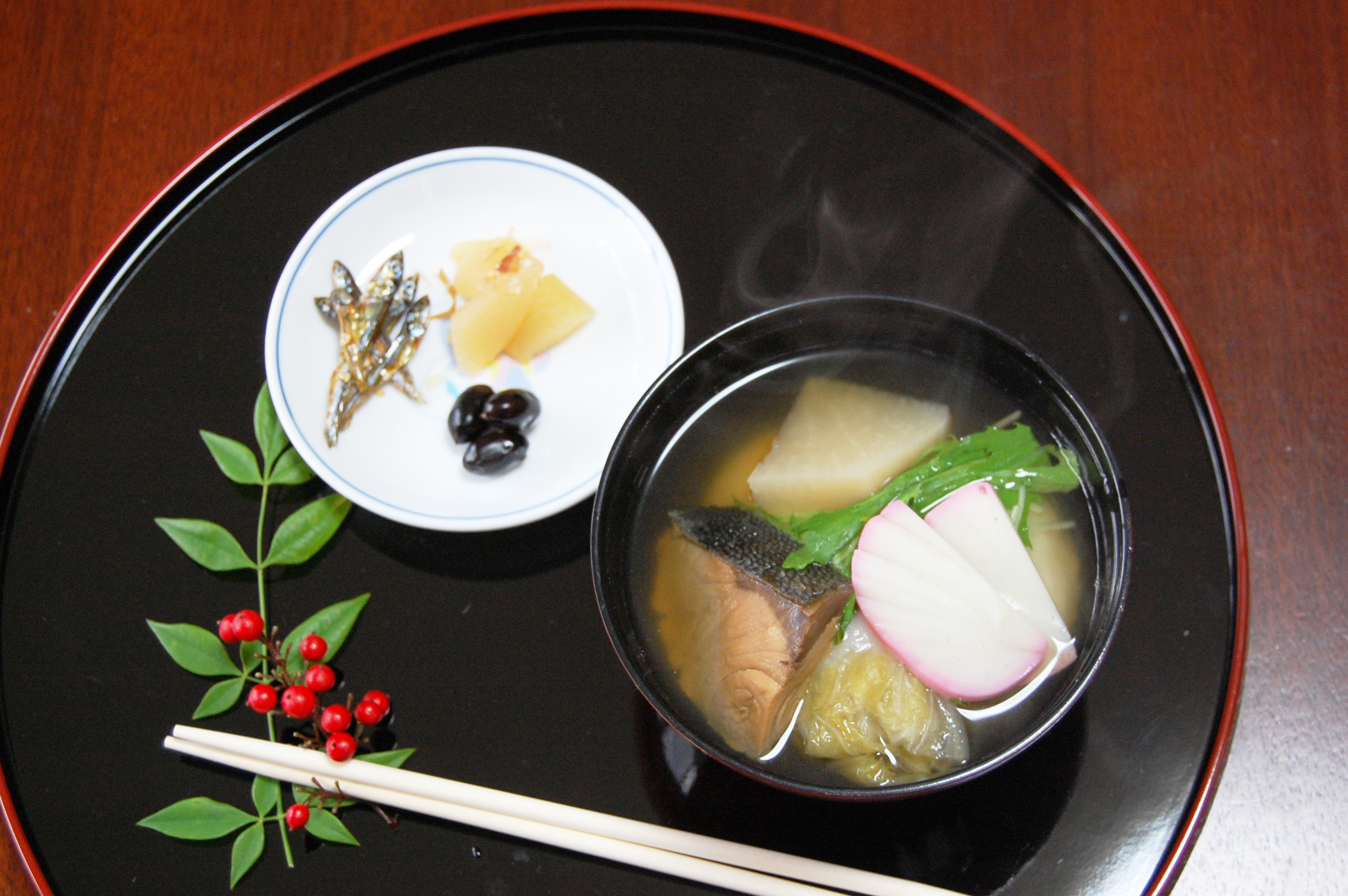Is Japanese Really So Difficult to Learn?
If you're planning on visiting or moving to Japan, it is important to start learning Japanese before you make the trip over. While in major cities like Tokyo, you will find people who speak English or other languages that can help you out and much of the signage is also in English (and sometimes other languages), the reality is that outside of major cities, most people only speak Japanese. Having at least a basic understanding of Japanese is a good idea if you want to have the best experience possible when you visit Japan. If you are planning on moving to Japan, this becomes infinitely more important.
But with a writing system that may be unlike anything you've ever used before, a grammatical structure that is the opposite of languages like English, and tons of words that sound similar but have completely different meanings, the idea of learning Japanese can be extremely daunting.
So let's look at some of the aspects of the Japanese language that usually pose a challenge for new learners, as well as talk a bit about how you can overcome these challenges through Japanese lessons and study apps.
The Biggest Challenges in Japanese
There are a few different aspects of Japanese that can make it more difficult to learn or master, depending on what your native language is. Here are some of those aspects and why they can make trying to learn Japanese seem like a challenge.
・There are 3 Different "Alphabets"
Japan uses three different writing systems for all aspects of life: kanji, hiragana, and katakana. Kanji are adopted Chinese characters, while hiragana was developed in the early Heian Period (794-1185) by essentially simplifying some of the most common kanji. Katakana was developed a little later based on hiragana and is commonly used for words adapted from other languages, onomatopoeia, and some other uses.
Hiragana and katakana (known collectively as kana) are syllabic, meaning each kana represents a specific sound. This makes learning to read and write hiragana and katakana relatively easy.
On the other hand, there are no easy shortcuts for learning kanji, since thousands are used regularly in daily life and most kanji have multiple readings. Japanese people themselves spend years memorizing kanji and will still stumble across ones they do not know how to read. This is by far one of the biggest barriers for someone learning Japanese, at least as far as reading and writing are concerned.
・A Different Grammar Structure
Depending on what your native language is, Japanese sentence structure may be opposite to what you are used to.
For example in English, a normal sentence is made up of subject-verb-object. But in Japanese, the normal sentence structure is usually subject-object-verb. When you first start learning the language, these differences can make putting a sentence together tough.
・The Language is Full of Homonyms
Japanese is full of homonyms (words that sound the same but have different meanings) that are used regularly. For example, the Japanese word for bridge is "hashi," while the Japanese word for chopsticks is also "hashi." The pitch accent of the two words is different, but when you are just starting to learn the language it can be hard to distinguish the difference. Plus, there are often homonyms in Japanese that are pronounced the same, so the only way you could know which meaning is meant is by understanding the context of the word within the sentence.
If you are reading Japanese, you'll notice these words usually have different kanji, so misunderstanding them in that context isn't usually a problem. This tends to be a more difficult aspect of speaking or listening to Japanese. As you practice Japanese and can come to understand the context in which words are said, it should hopefully become easier for you to distinguish which "hashi" the person you were speaking to meant.
・Polite Speech is A Big Part of Conversation
Japanese has an honorific speech system known as "keigo." In Japan, it is important to use different vocabulary, honorifics, and verb conjugations depending on the situation. The words you use or how you speak with your boss, superiors, coworkers, customers, or friends will all vary depending on your relationship with them. Speaking using language that is too casual with your boss may offend, while speaking formally or politely with friends may make you seem cold.
This aspect of Japanese is something that learners will usually struggle with, as it can be unclear how polite you should be with someone if you haven't been raised in the culture and absorbed these unwritten rules over the years.
If you are just visiting Japan or live in Japan but don't need to use Japanese regularly at work, people will usually be understanding if you make mistakes with the politeness of your speech. But if you are planning on working in customer service, for example, correct keigo is vital to doing your job correctly and providing quality customer service.
When you first start learning Japanese, you will likely learn the ~masu and ~desu endings of verbs and sentences. If you are not sure what degree of politeness is appropriate in a given situation, just stick to these! They're polite enough and shouldn't get you into any trouble.
・"Japanglish" and Loan Words from Other Languages
In Japan, "Japanglish words" (known as wasei-eigo in Japanese) are words that come from English but are used in a Japanese way and often not true to the original English meaning. This can cause a lot of misunderstandings between English speakers and Japanese people because sometimes the meanings of these words are used in a way in Japan that they would not be used in English-speaking countries.
For example, french fries are called "fried potatoes" in Japan. If you ask for "French fries," oftentimes Japanese people won't understand you. Reversely, in Japanese, an office worker is usually referred to as a "salaryman," which is not a term used in English.
・There Are Many Different Dialects
Every prefecture in Japan seems to have its own dialect, with some being harder to understand than others. For example, the Okinawa dialect is unique to Okinawa and so sometimes it sounds like a completely different language to Japanese people from other parts of the country.
This means that even if you have studied some Japanese and think you have a good grasp of it, you may end up in parts of the country where people are speaking in a way you can't understand very easily.
Luckily, this isn't as big of a hurdle as it may seem. If you are a tourist in one of these places, any tourist information center will have staff that speak standard Japanese, and many information centers in urban centers will have English-speaking staff as well. Besides some elderly citizens, most people in any given part of Japan are capable of communicating in standard Japanese.
Try Taking Japanese Lessons!
If you are truly interested in learning Japanese, we at Tokyo Apartment Inc. offer Japanese lessons taught by certified Japanese language educators. You can take private, fully customizable lessons that match what you want to learn. Want to focus on kanji and reading? Learn business Japanese and master keigo? Are you interested in learning everyday conversational Japanese or even learning a bit about Japanese history? We can cater our lessons to whatever aspect of the language you want to improve on.
We can provide lessons to Japanese learners of all levels, ranging from beginner to advanced. In-person lessons cost ¥3000+tax per hour, while online lessons cost ¥2000+tax per hour.
If you are interested in taking lessons with us, contact us via email here:
Seiya Kato : seiya.kato@tokyoapartmentinc.com
Apps for Learning Japanese
While lessons are the best way to learn Japanese, supplementing lessons with language-learning apps can accelerate your progress. Here are some language-learning app suggestions to get you started on your Japanese journey.
・Duolingo
A popular language-learning app that makes learning Japanese engaging and accessible. It's easy to jump right into learning using Duolingo, making it ideal for beginners, but it also offers challenges for more advanced learners. Duolingo also adjusts the difficulty of lessons and activities based on your performance, which means you'll have a customized learning experience. With game-like elements like points, levels, and rewards, Duolingo will also keep you motivated.
・Busuu
Busuu is a comprehensive language learning solution with a clear structure and a curriculum designed in collaboration with linguistic experts. The app is designed for learners at all levels, from beginners to advanced, and covers a wide range of practical and conversational language skills. It provides courses that cover writing, reading, speaking, and listening. Each lesson is interactive and includes grammar, vocabulary, pronunciation, and conversation practice. With Busuu, you can set your own study goals, connect with native speakers who will correct and provide feedback on your speaking and writing exercises, and even work toward earning language certificates such as the McGraw-Hill Education certificate.
・Anki
Anki is a flashcard app that uses spaced repetition software to help you memorize and retain language information, making it an excellent tool for learning kanji and vocabulary. Users can create their own flashcard decks and share them with others, meaning you can find flashcard decks specifically suited to your needs. Anki's algorithm will prompt you to review at optimal intervals, focusing on cards you find difficult, which will help you remember what you learned long-term.
・Wanikani
If you want to focus on learning kanji, Wanikani may be the best choice for you. Every single kanji is paired with mnemonics to help you remember the meaning and the readings of the kanji, and once you learn a new kanji, Wanikani will start teaching you vocabulary using that kanji. Wanikani also uses a spaced repetition system, helping you remember the kanji long-term. The first few levels of Wanikani are free, but after that, you will have to pay a monthly or yearly subscription.
・HelloTalk
HelloTalk is a language exchange app that connects learners with native speakers around the world, allowing for real-time language practice and cultural exchange. You can communicate through text, voice recordings, and video calls, so if you are nervous at first about speaking "face-to-face," you don't have to. There are built-in translation and correction tools that help beginners learn from their mistakes as well.




























